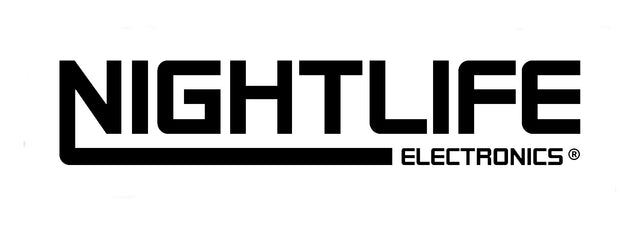Regular price CAD$365.00
After Later Audio Quarks is a 22hp version of Mutable Instruments Elements. It is functionally equivalent and therefore runs all firmware options and having identical sound characteristics. This version is great compromise between the tight spacing of Atom and full size original, which is a bit large.
Elements is a full-blown synthesis voice based on modal synthesis - an under-appreciated flavour of physical modelling synthesis with a strange and abstract feel.
Elements combines an exciter synthesis section generating raw, noisy sounds characteristic of bowing (filtered friction noise), blowing (pitch-controlled granular noise), or striking (stick, mallet, hammer or brush sample playback... or bursts of synthetic impulsions). These sources, or external audio signals, are processed by a modal filter bank - an ensemble of 64 tuned band-pass filters simulating the response of various resonant structures (plates, strings, tubes...) with adjustable brightness and damping. A stereo ambience reverberator adds depth and presence to the sound.
Elements combines an exciter synthesis section generating raw, noisy sounds characteristic of bowing (filtered friction noise), blowing (pitch-controlled granular noise), or striking (stick, mallet, hammer or brush sample playback... or bursts of synthetic impulsions). These sources, or external audio signals, are processed by a modal filter bank - an ensemble of 64 tuned band-pass filters simulating the response of various resonant structures (plates, strings, tubes...) with adjustable brightness and damping. A stereo ambience reverberator adds depth and presence to the sound.
- Width: 22HP
- Depth: TBD
- Power: 130mA@ +12V / 10mA @ -12V

